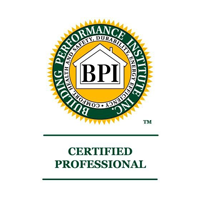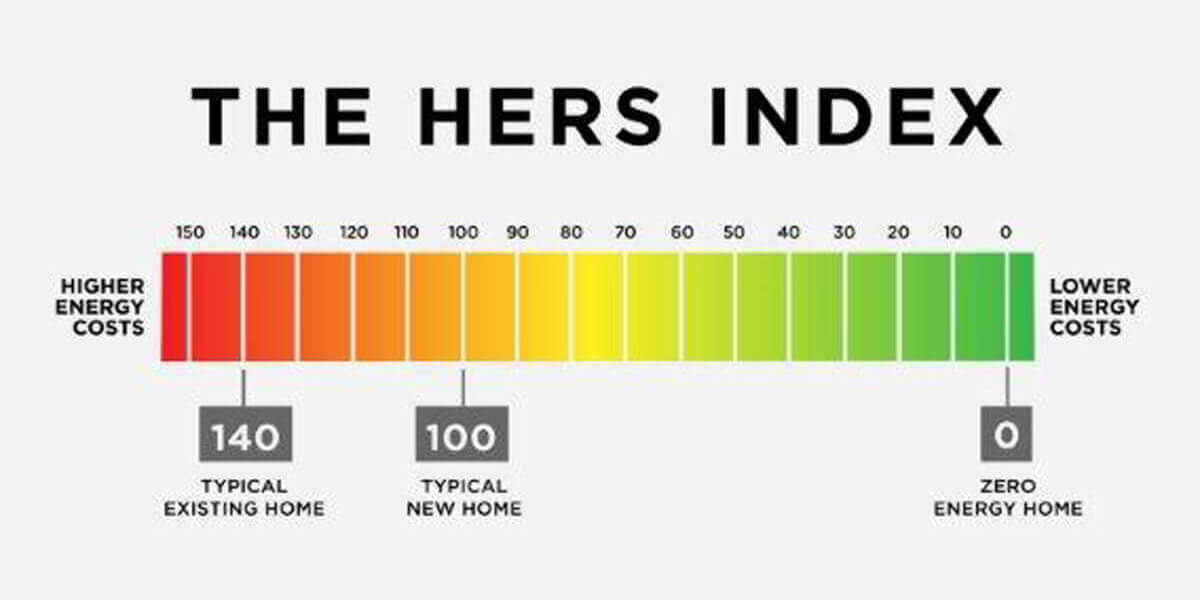Summer means preparing for heat waves, humidity, and eagerly anticipating that air conditioning in your office. The season’s rising temperatures have called attention to certain hotspots in our region and throughout the country. An effect called the urban heat island effect (UHI) is currently rising in our country.
Cities have dense populations and concentrated buildings and surfaces. The building materials that fill cities are often dark and impermeable, which combines with the urban population to produce a heat island. This effect causes cities to be hotter than surrounding areas, which calls for energy efficient measures to keep the city’s population comfortable in the heat.
Urban heat islands are detrimental to public health, air quality, comfort, energy consumption, and environmental consciousness. As summer heat moves into the cities, many urban areas try to find solutions to the problems that come with rising temperatures. The American Council for an Energy Efficient Economy (ACEEE) surveyed 26 cities across the country and in Canada to look at how cities are handling the heat.
Two thirds of the surveyed cities are strategizing solutions to handle the high urban temperatures. The cities span different climate zones, city sizes, and a wide geographic range. Although the 26 cities have their differences, the survey reported some trends in handling the heat. The municipal governments are setting energy efficient examples through their requirements. For example, many cities require their municipal buildings to have reflective roofs that do not absorb as much heat from the sun. Many cities engineer their landscapes to line the streets and sidewalks with trees to provide shade. Most cities have policies that aim to increase canopy spans and utilize any storm water.
In their attempts to combat urban heat islands, cities are actually improving their public health and safety, and boosting their own attractiveness. If a city is comfortable and values public health, people are more inclined to work and live there. The cities act as large-scale homeowners. Homeowners insulate and air seal to make their home more comfortable and to improve their living environment—cities do the same.
Some of the cities highlighted in this study include Houston, Cincinnati, and Washington D.C. Houston’s roofs and pavement approach 160⁰F in the summer, so the city now requires that most flat roofs be reflective. In 2008, Cincinnati experienced a heat wave that destroyed a large part of their shade canopy. The city is currently working on a large-scale urban forestry plan to restore comfort through shade’s natural cooling. Washington D.C. is taking part in a number of programs that promote energy efficiency. For example, Green Alleys is a program which helps utilize storm water by replacing pavement with grass and trees.
While cities are the center of the urban island temperatures, the surrounding areas and states often aid the city’s endeavors. The collaboration creates an even bigger push towards energy efficiency in the country. In these urban hotspots energy efficiency is not just a beneficial improvement; it is a necessity.
Many efforts start as volunteer actions, but end up becoming a new standard. Cities aim to keep their environment cool and combat the heat island, just as homeowners need to keep their home cool. Follow the cities’ example, and cool through efficiency. Insulating and sealing your home off from the outside air is the most effective and efficient way to save energy and promote home comfort in the summer heat.















